Niue travel tips
Niue travel tips: A small Pacific island nation, boasts coral reefs, vibrant marine life, and unique limestone landscapes, attracting nature enthusiasts.
Districts 🌎
Niue travel tips. Here is a list of all the districts of the Niue.

Alofi North

Alofi South
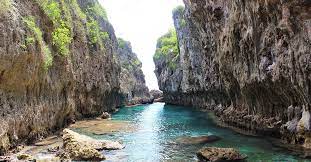
Hakupu
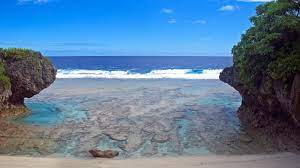
Avatele
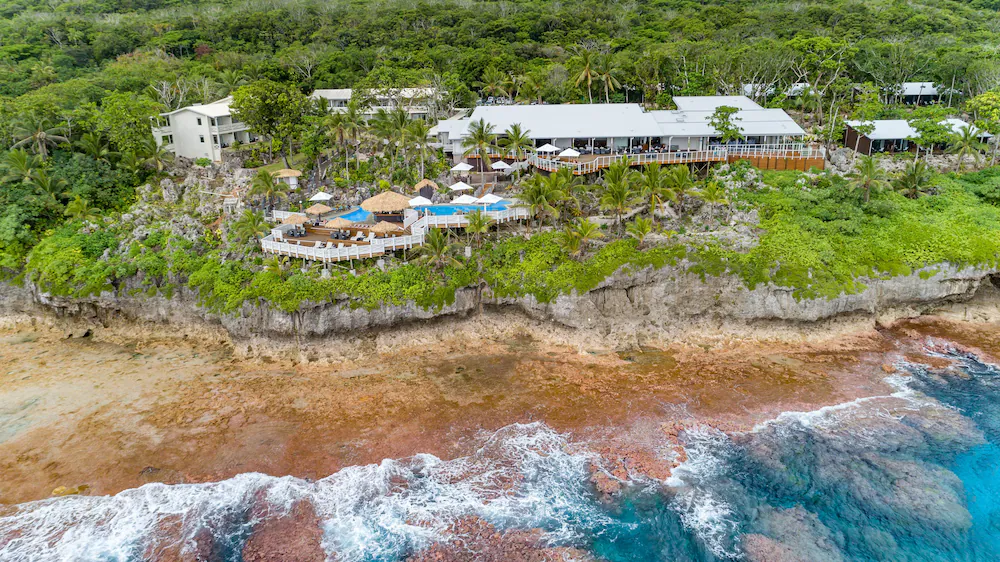
Tamakautoga

Mutalau
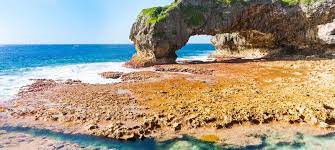
Lakepa
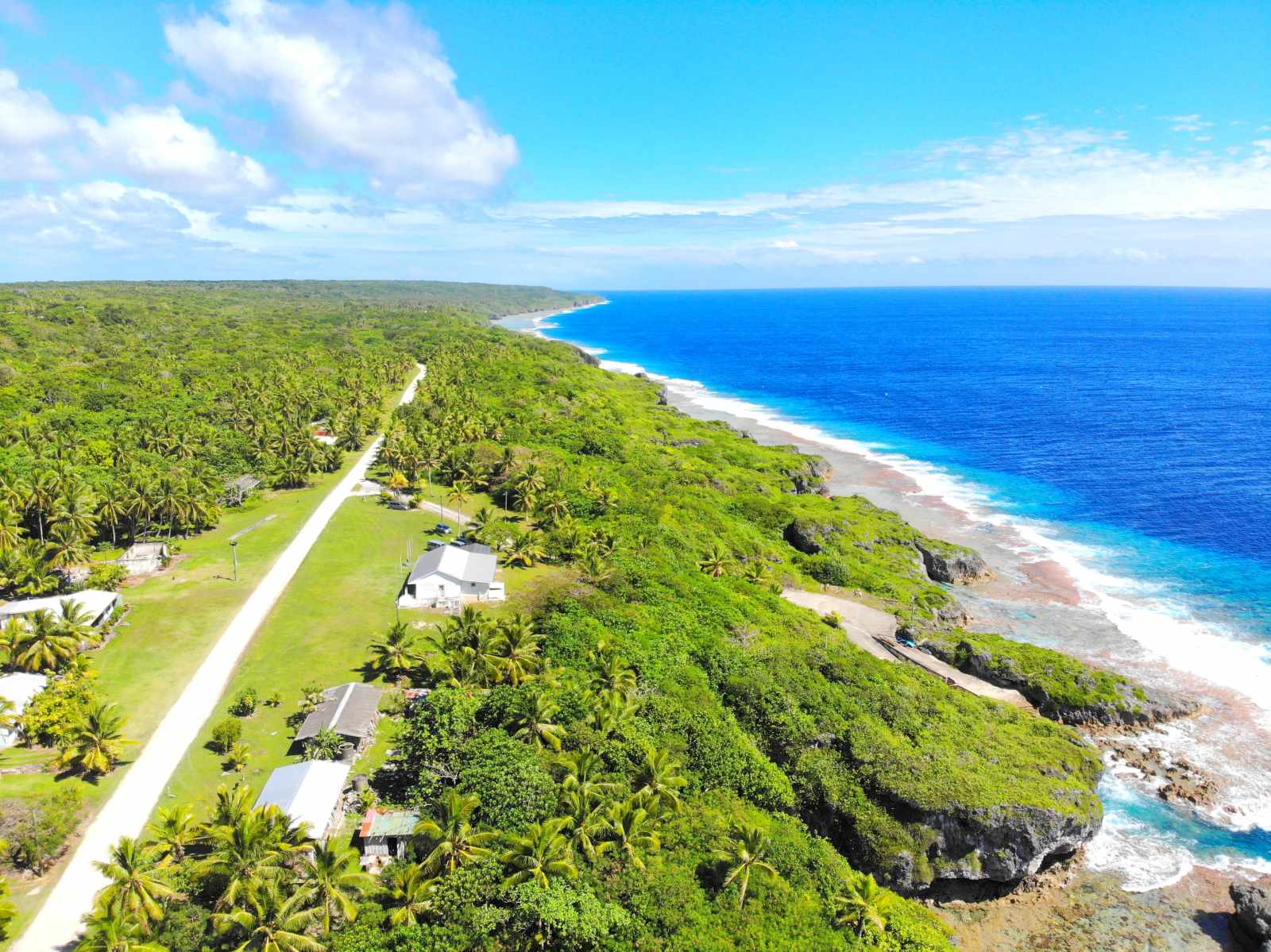
Liku

Makefu
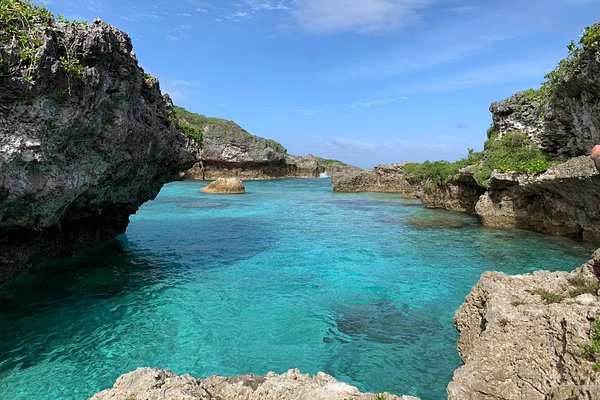
Tuapa

Hikutavake

Toi
Before you go 🛩
Important information you should know before your trip
Info
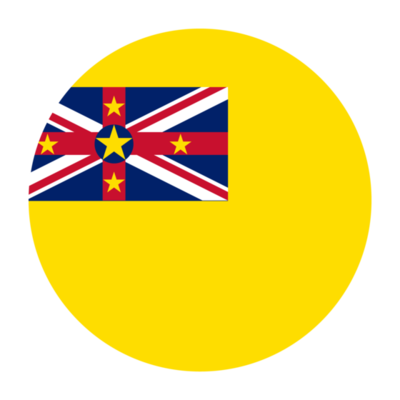
Capital | Alofi
Flag Codes:
ISO alpha-2 NU,
ISO alpha-3 NIU
Currency
Badge | New Zealand Dollar
CODE | NZD
NUMBER | 554
SYMBOL | $
FRACTION | penny
Mobile Coverage
Dialing Code | +683
SIM Card
Coverage | 3G / 4G / 5G |
Mobile Networks |

Location
Niue is a small privately-owned island in the state of Hawaii, United States. It is located about 17.5 miles (28.2 kilometers) southwest of Kauai, the westernmost island in the Hawaiian archipelago. Niʻihau is often referred to as the “Forbidden Island” because access to the island is highly restricted to ensure the preservation of its unique culture and environment.
The island is approximately 18 miles (29 kilometers) long and 6 miles (9.7 kilometers) wide, with a land area of approximately 69.5 square miles (180 square kilometers). It is known for its pristine beaches, rugged landscapes, and rich Hawaiian heritage.
Currency
Niue, which is a self-governing territory in free association with New Zealand, the currency used in Niue is the New Zealand Dollar (NZD).
The New Zealand Dollar is the official currency of Niue, and it is accepted as legal tender on the island.
Visitors to Niue can use New Zealand banknotes and coins for transactions.
It’s important to note that currency exchange services may be limited on the island, so it’s advisable to have New Zealand Dollars in cash before arriving in Niue.
Credit cards may be accepted at some businesses, but it’s always a good idea to have cash on hand, especially for smaller establishments or remote areas.
Languages
The primary language spoken on the island is Niuean. Niuean is an Polynesian language and serves as the official language of Niue. English is also widely understood and used for administrative, commercial, and educational purposes.
The Niuean language has similarities to other Polynesian languages, but it has its unique characteristics and dialects specific to the island. The Niuean culture places great importance on the preservation and promotion of the Niuean language.
Climate 🌡
Niue, being located in the state of Hawaii, experiences a tropical climate. The island enjoys warm temperatures throughout the year, with relatively consistent weather patterns. Here are some key features of the climate on Niʻihau:
Temperature: Niʻihau has a warm and pleasant climate year-round. Average temperatures range from the mid-70s to mid-80s Fahrenheit (around 24 to 29 degrees Celsius). It’s important to note that temperatures can vary slightly depending on the time of year and elevation.
Rainfall: Niʻihau has a relatively arid climate compared to other Hawaiian islands. The island receives less rainfall compared to its neighboring islands. The western side of the island is generally drier than the eastern side. The rainy season typically occurs during the winter months, from November to March, when occasional showers and storms can be expected.
Sunshine: Niʻihau enjoys abundant sunshine throughout the year. The island experiences a high number of sunny days, providing ample opportunities for outdoor activities and enjoying the beautiful beaches.
Trade Winds: Like the rest of Hawaii, Niʻihau is influenced by the trade winds. These prevailing winds blow from the northeast, bringing refreshing breezes and helping to moderate the temperatures.
Microclimates: Niʻihau, despite its relatively small size, exhibits some microclimates due to variations in elevation and topography. The western side of the island tends to be drier and sunnier, while the eastern side may receive more rainfall and have slightly cooler temperatures.
Niue travel tips
If you’re planning a trip to Niue, here are some travel tips to enhance your experience:
Culture:
Embrace Niuean customs. Respect local traditions and ask before taking photos of people.
Activities:
Snorkel in pristine waters, explore limestone caves, and enjoy unique diving experiences.
Nature Reserves:
Visit Huvalu Forest Conservation Area for biodiversity and Togo Chasm for a scenic hike.
Tide Times:
Check tide schedules for activities like reef exploration and fishing.
Transportation:
Rent a car or scooter to explore. Limited public transport options are available. View Guide.
Respect Wildlife:
Niue is home to unique species. Admire them from a distance to protect their habitats.
Cultural Events:
Plan your trip around festivals to experience traditional dances and celebrations.
Enjoy your time in Niue!

The best of the best
Niue, being a small and privately-owned island in Hawaii, has a unique culture and culinary traditions that are influenced by the local community and the availability of resources on the island.
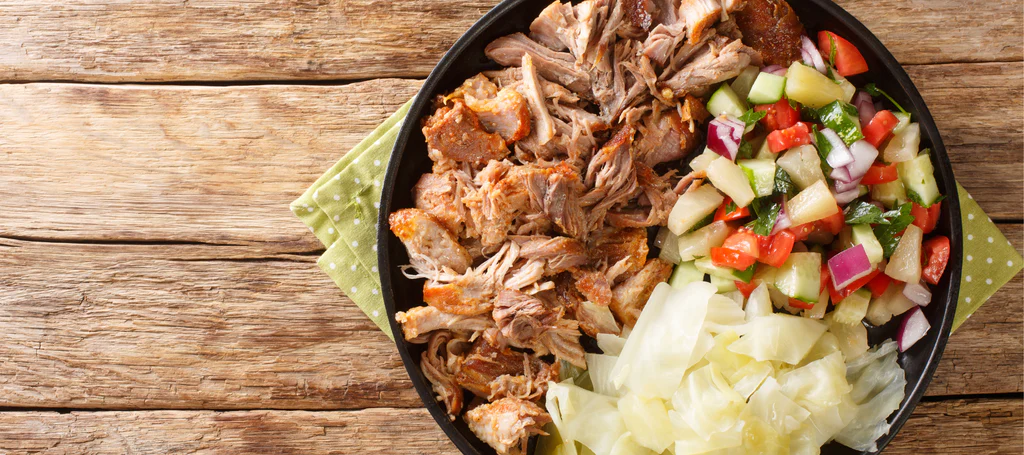
Kalua Pig
Kalua pig is a popular Hawaiian dish prepared by slow-cooking a whole pig in an underground oven called an imu.
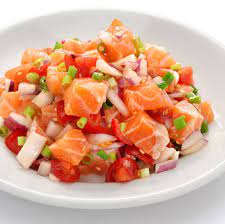
Lomi Lomi Salmon
Lomi lomi salmon is a refreshing and flavorful dish made with diced salmon, tomatoes, onions, and sometimes green onions.

Haupia
Haupia is a popular Hawaiian coconut dessert. It is a gelatinous and creamy dessert made from coconut milk, sugar, and a thickening agent such as cornstarch.
These foods may also be enjoyed on Niue:
Poi: Poi is a staple food in Hawaiian cuisine made from the root of the taro plant. It is traditionally prepared by pounding cooked taro roots into a smooth, paste-like consistency. Poi has a slightly sour taste and is often served as a side dish or as a base for other dishes.
Poke: Poke is a Hawaiian dish that has gained popularity worldwide. It typically consists of fresh, raw fish (often ahi tuna), marinated in a soy sauce-based sauce and mixed with various seasonings, such as sesame oil, seaweed, onions, and chili peppers. Poke is commonly served as an appetizer or as a main course.
Lau Lau: Lau Lau is a traditional Hawaiian dish made by wrapping pork, fish, or chicken in taro leaves and cooking it until tender. The leaves impart a unique flavor to the meat, and the dish is often served with steamed rice or poi.
It’s always a good idea to inquire locally or at nearby establishments for more information about the traditional and local foods that are available during your visit.
Transportation 🚥
More information about this country
Choose your destination 📍🗺
Useful Links ✅



